Offsetting China’s stealth fighter advantage: An in-depth analysis
- By Alex Hollings
Share This Article
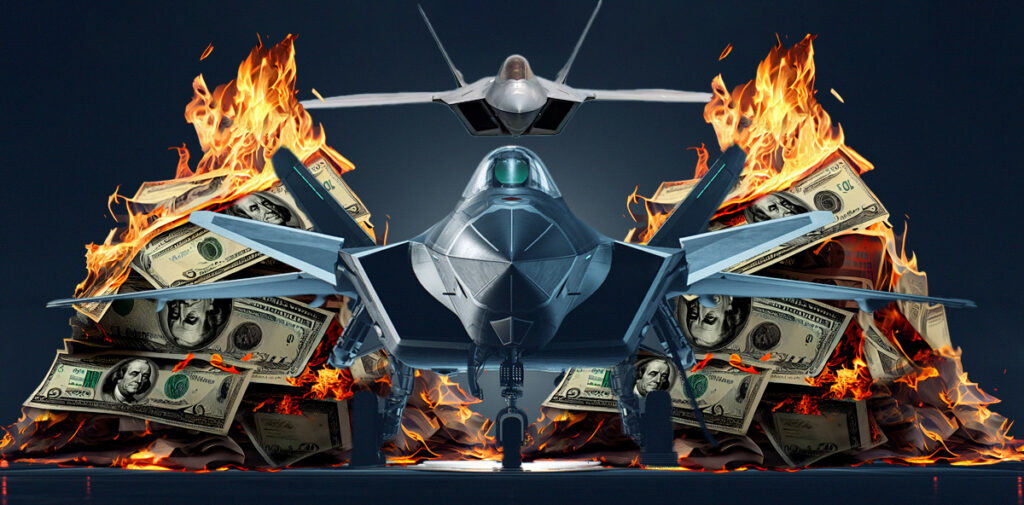
America’s F-22 Raptor is still widely considered the most capable and dominant air superiority fighter in the world, but as China’s J-20 production continues to ramp up, the F-22’s dominance now faces a significant threat. This threat isn’t necessarily in stealth or even aerobatic performance, but potentially in an even more important combat capability metric: volume.
The Raptor’s abbreviated production run, which ended in 2011 with just 186 airframes delivered, may have doomed the air superiority fighter to a short service life, but with the F-22’s replacement still yet to manifest, China’s air superiority advantage will almost certainly grow throughout the remainder of the decade and well into the 2030s. Even America’s other 5th generation fighter, the F-35, may not be enough to maintain a capacity advantage over the Pacific. While F-35 production in 2023 is expected to reach as high as 156 aircraft, this volume is distributed across more than a dozen national partners.
“Our commanders tell us that by 2025, the Chinese will have more fifth-generation stealth fighters on the front line than we do,” Senate Armed Services Committee member James Inhofe (R-Okla.) said during a confirmation hearing Oct. 5, 2021.
Related: Stolen stealth fighter: Why China’s J-20 has both US and Russian DNA
The F-22 remains dominant a quarter-century after its first flight
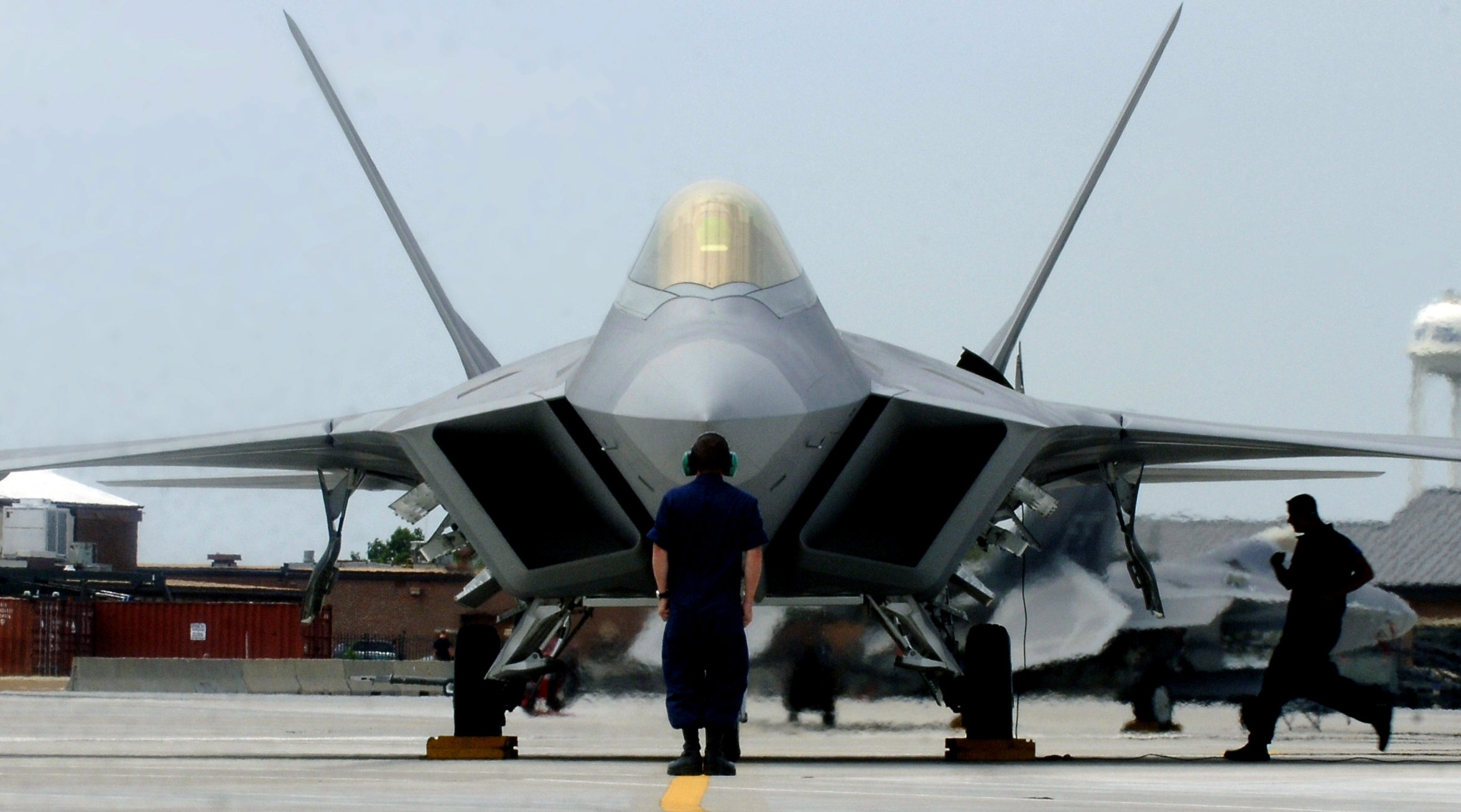
The Lockheed Martin F-22 Raptor has the unusual distinction of being both the oldest and the stealthiest 5th-generation fighter on the planet. Despite its sleek 21st-century appearance, the Raptor’s development roots actually reach all the way back to the 1980s, with its YF-22 prototype precursor first taking flight in 1990 and the first production-like Raptor reaching the sky in 1997 — 10 years before the first iPhone hit the market.
Despite entering service a full decade before any of its stealth fighter peers, the Raptor’s tiny radar return — said to be approximately .0001 square meters on enemy radar screens — is literally hundreds, if not thousands of times better than its foreign competitors in China’s J-20 and Russia’s Su-57. This incredibly low-observable design is combined with massive control surfaces, a powerful pair of Pratt & Whitney F119 afterburning turbofan engines capable of producing a whopping 70,000 pounds of thrust under afterburner, and 2D thrust vector control all make the F-22 an air combat powerhouse. And while the Raptor has the chops for close-quarters combat, its powerful AN/APG-77 Active Electronically Scanned Array Radar and data-fusing onboard computers give it the means to take out enemy fighters long before they even know a fight has arrived.
The F-22 bridges the capability gap between hot rod Cold War dogfighters like the F-15 Eagle and futuristic data-fusing supercomputers that prefer to fight from a distance like the F-35. Its unique combination of power, aerobatic performance, stealth, and situational awareness make the Raptor the most feared tactical aircraft in the sky… But despite the Raptor’s impressive resume, it isn’t without weaknesses. The Raptor’s lack of infrared search and track (IRST) capabilities and helmet-cued targeting limit its performance in certain kinds of fights, but these are shortcomings that are likely to be addressed in the current upgrade program that’s underway.
But one significant shortcoming upgrade programs can’t address is production volume.
Related: F-35s encountered China’s J-20: Here’s what the Air Force said about it
There will never be more F-22s than there are today
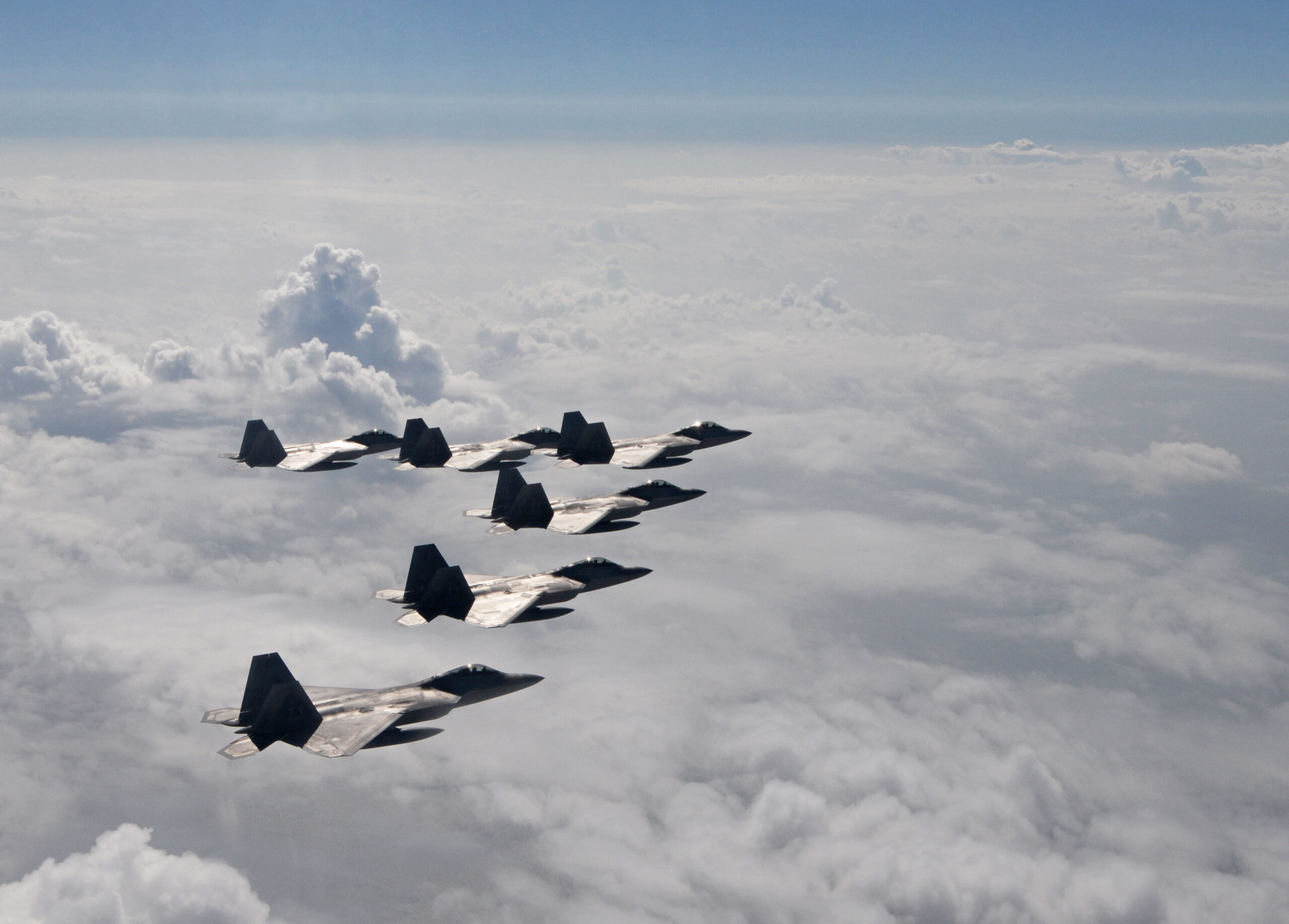
The F-22 may be an incredible performer, but the program’s cancelation and the subsequent cannibalization of its production line in favor of the F-35 means there will never be more F-22s built. This is a serious problem as the United States continues its transition toward deterring global competitors like China, which has one stealth fighter in active production and a second following closely behind.
In 2017, the U.S. Air Force commissioned a study into the projected cost of restarting F-22 production, which led to the daunting realization that producing 194 new F-22 Raptors would ring in at $50.3 billion in 2017 — which equates to nearly $63 billion today, or approximately $330 million per fighter. At this price point, the Air Force soon reasoned, it would be better off designing and fielding an entirely new fighter that leverages the technological advances made in the quarter-century since the Raptor first started flying.
While this decision makes sense, it also reaffirms the fact that the total number of F-22 Raptors available for combat service can only decline as time goes on. The F-22 was designed for an 8,000-hour service life, in other words, each F-22 has 8,000 hours of flight time before the platform ages out of service, barring expensive service life extension efforts.
Retired Lt. Gen. David Deptula, now dean of Air and Space Force’s Mitchell Institute for Aerospace Studies, recently said that the majority of the F-22 fleet has yet to reach half of that hour limitation in August of 2022. Yet, F-22 operations are likely to increase in the coming years as a part of deterrent operations aimed at both China in the Pacific and Russia in Europe and the Middle East.
Related: Are Russia’s Su-57 and China’s J-20 really stealth fighters?
There are fewer than 100 F-22s available for the fight
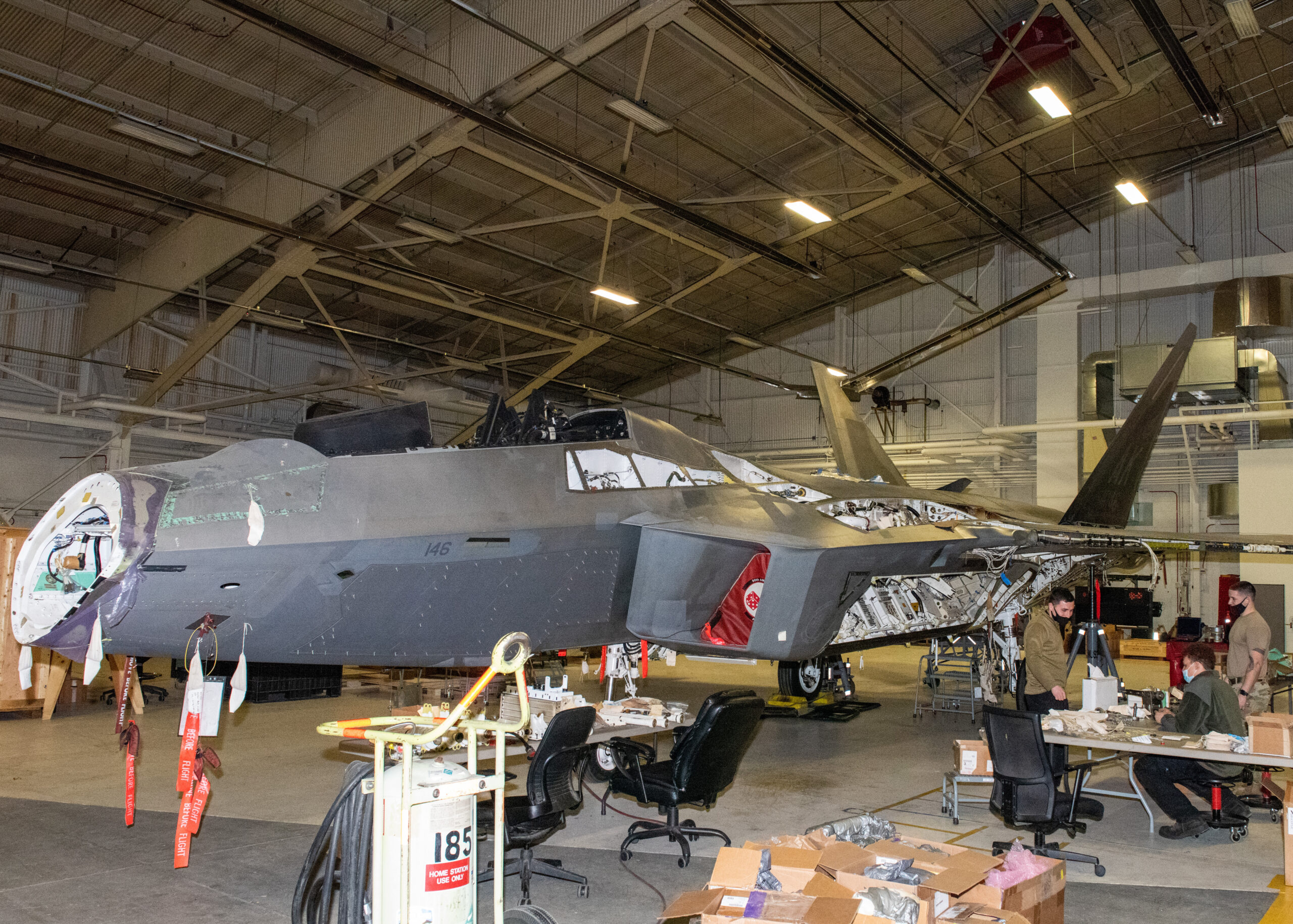
While 186 F-22s were delivered to the Air Force, at least 32 of those jets were early Block 20 builds that lack many of the systems required for combat. These aircraft are currently used primarily for training, though Air Force officials have expressed concerns over their value even in that regard — with an unnamed Air Force official recently telling Air and Space Forces Magazine “that the Block 20s and Block 35s are so dissimilar that pilots are acquiring bad habits in the older jets.”
The Air Force has repeatedly asked to retire these older, non-combat-ready Raptors only to be denied by Congress, which has since codified into law that no F-22 may be retired prior to 2027. The Air Force feels the $485 million per year devoted to operating these training fighters could be better allocated toward the development of the F-22’s replacement in the NGAD program, while Congress contends that doing so would force Block 35 combat-coded jets to absorb the wear and tear of F-22 flight training.
It is, of course, possible, to upgrade these Block 20 F-22s for combat service, but doing so would come at a high premium. Air Force Secretary Frank Kendall recently described the cost of doing so as around $50 million per jet, or more than $2 billion in total. Lt. Gen. Richard Moore Jr., the Air Force’s deputy chief of staff for plans and programs, is even less optimistic, saying it would likely cost $3.5 billion and take years to get the non-combat coded Raptors ready to fight — which he contends would make little sense, as the aircraft is slated for retirement in the early 2030s.
When you subtract the Block 20 F-22s from America’s fleet numbers and account for the F-22’s readiness rate, which the Air Force reported ranged from 50.5 to 50.8% between 2019 and 2021, it means the actual number of Raptors available for combat at a given time is likely fewer than 80.
Related: The best fighters America *almost* put on aircraft carriers
China has 200+ J-20s and counting
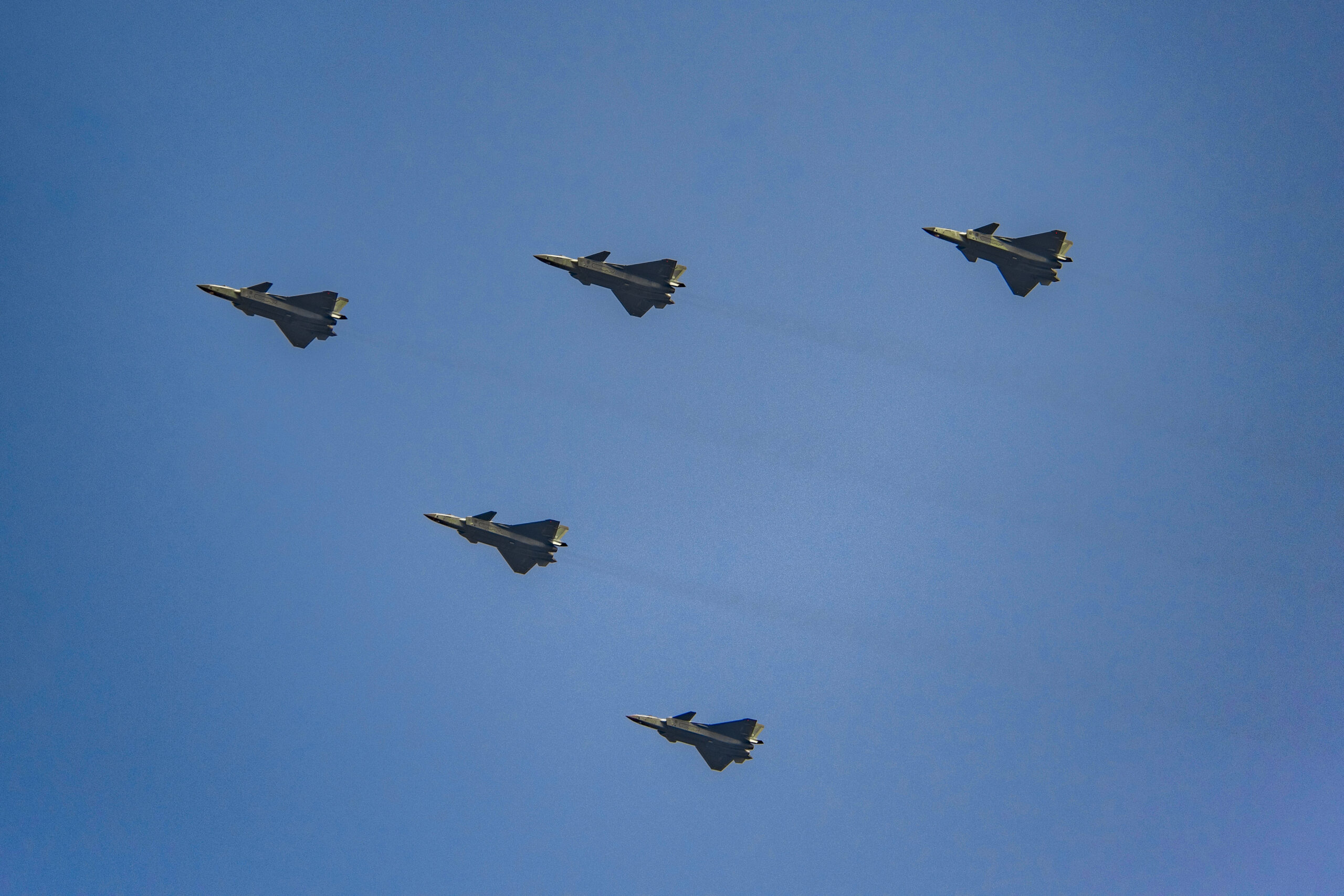
The most significant limitation China’s J-20 program has faced to date has been engine production. The aircraft was designed to fly using a pair of Chinese-developed WS-15 engines capable of providing a combined 80,000 pounds of thrust, giving the fighter a slight edge over the Raptor in terms of engine output. However, repeated delays in WS-15 development have forced China to leverage Russian-sourced AL-31 engines, and then later, a Chinese equivalent known as the WS-10. In some later-production J-20s, these WS-10s also include 2D thrust-vector control like the Raptor’s, which China has openly stated is intended to help close the capability gap between the two fighters.
In April of this year, however, China announced that the WS-15 is ready for mass production — which could mean not only an increase in the J-20’s performance, but an ability to increase the rate of production as well.
In July 2021, the South China Morning Post reported that China had approximately 150 J-20s in service, and by November 2022, that figure had grown to at least 200. While these numbers may only be good for back-of-the-envelope calculations, it does suggest that China has been producing J-20s at a rate of at least 50 per year. So, even if China’s total number of combat-ready J-20s may actually sit closer to America’s F-22 figures today, it’s evident that the total number of J-20s in service will soon eclipse the number of F-22s, if it hasn’t already.
Related: China’s J-20 stealth fighter is gaining on America’s top jets
But take these numbers with a big grain of salt
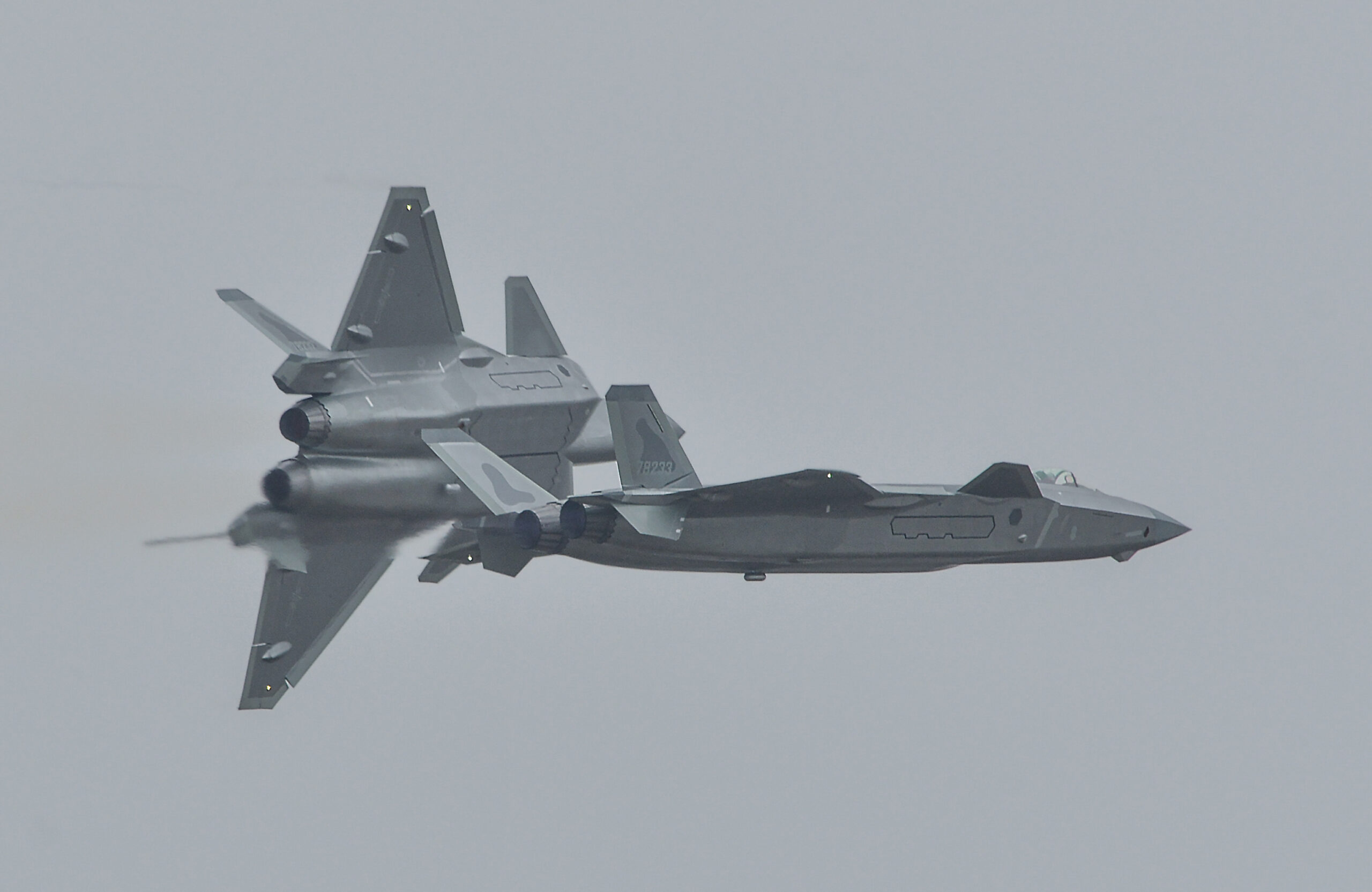
Herein lies one of the greatest challenges associated with comparing fighter fleets across nations: The availability of information. Despite a deeply flawed national media enterprise, the American press remains free of formal governmental manipulation. In fact, many defense-focused news outlets trade almost entirely on holding the Pentagon’s feet to the fire, exhaustively reporting on production delays, technical setbacks, budget overruns, failed policies, and leadership failures.
While not necessarily always productive, this is vital work for America’s defense enterprise. The media’s ability to shine a light on defense failures or shortcomings, on bad decisions or leadership, is an essential stopgap against both complacency and corruption. Ultimately, it’s America’s transparency and subsequent media coverage that helps make up the difference between America’s functioning — if often troubled — defense apparatus and the sort of corruption that’s become so apparent within the Russian military, for example.
But the same can’t be said for Chinese media. As the Council on Foreign Relations put it their report, “Media Censorship in China,” in 2017:
“China has one of the world’s most restrictive media environments, relying on censorship to control information in the news, online, and on social media.”
While China’s constitution actually does include a passage meant to guarantee free speech, the Chinese government has not been at all bashful about how strictly it controls narratives within the public sphere. In 2017 alone, Chinese officials imprisoned at least 38 journalists for reporting stories outside the confines of approved narratives. The issue came to the forefront of the public’s attention a few years later when stories about Chinese journalists being imprisoned for reporting on the early days of the Covid outbreak in Wuhan reached Western media.
In fact, in 2016, Chinese President Xi Xinping said the quiet part out loud, when he toured the nation’s top three state-run media outlets and addressed those working within them.
“The media run by the party and the government are the propaganda fronts and must have the party as their family name,” Xi said in his address. “All the work by the party’s media must reflect the party’s will, safeguard the party’s authority, and safeguard the party’s unity. They must love the party, protect the party, and closely align themselves with the party leadership in thought, politics and action.”
Related: How the US Navy can compete with China in the “gray-zone”
200 J-20s built doesn’t mean 200 J-20s that can fight
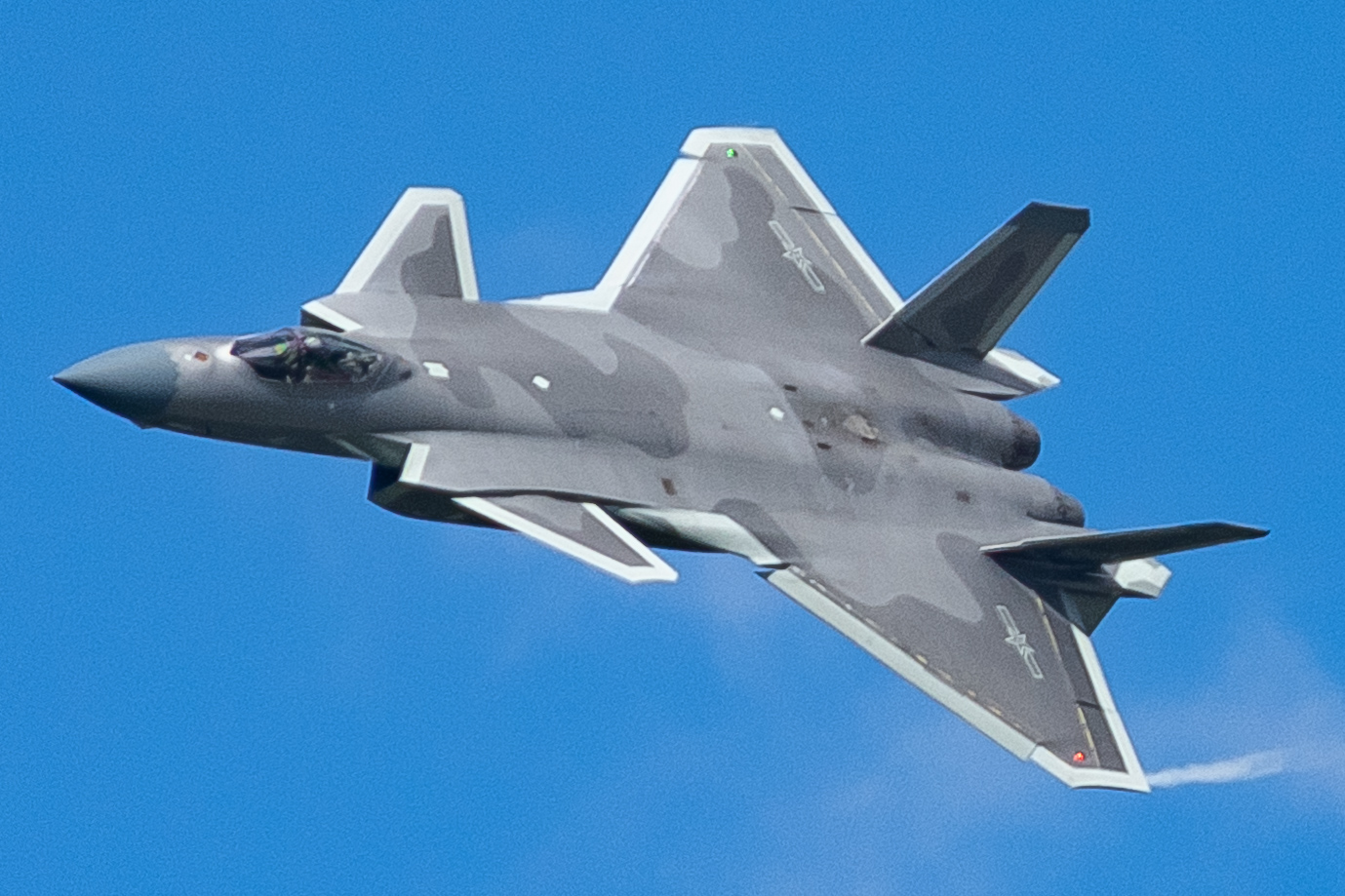
In other words, while reports out of China indicate that there have likely been more than 200 J-20s built, there is currently no publicly available information regarding how many of those J-20s are actually suitable for the fight. Likewise, we have no publicly disclosed readiness rates, no in-depth reporting on technical setbacks, no concrete figures on budget projections or overruns, and no real independently verifiable information regarding these jets’ performance.
In June 2021, the South China Morning Post reported that China’s 150 J-20s at the time were deployed across four aviation brigades: two in training bases in Inner Mongolia and Hebei, and two more in China’s eastern and northern theatre commands. All of these installations are on China’s interior, suggesting these jets are being used for a combination of training and the essential work of establishing a stealth-centric air combat doctrine. While a logical progression for the J-20 program, this also means issues with readiness, technical setbacks, and other concerns are easy to keep muddled within training schedules and policy discussions.
And of course, as we’ve already determined, Chinese media outlets would be forbidden from reporting any such problem, even if one were to become apparent.
Related: J-20 Fighter Bomber: China’s plan to field the world’s first 2-seater stealth fighter
The importance of media transparency in military acquisitions
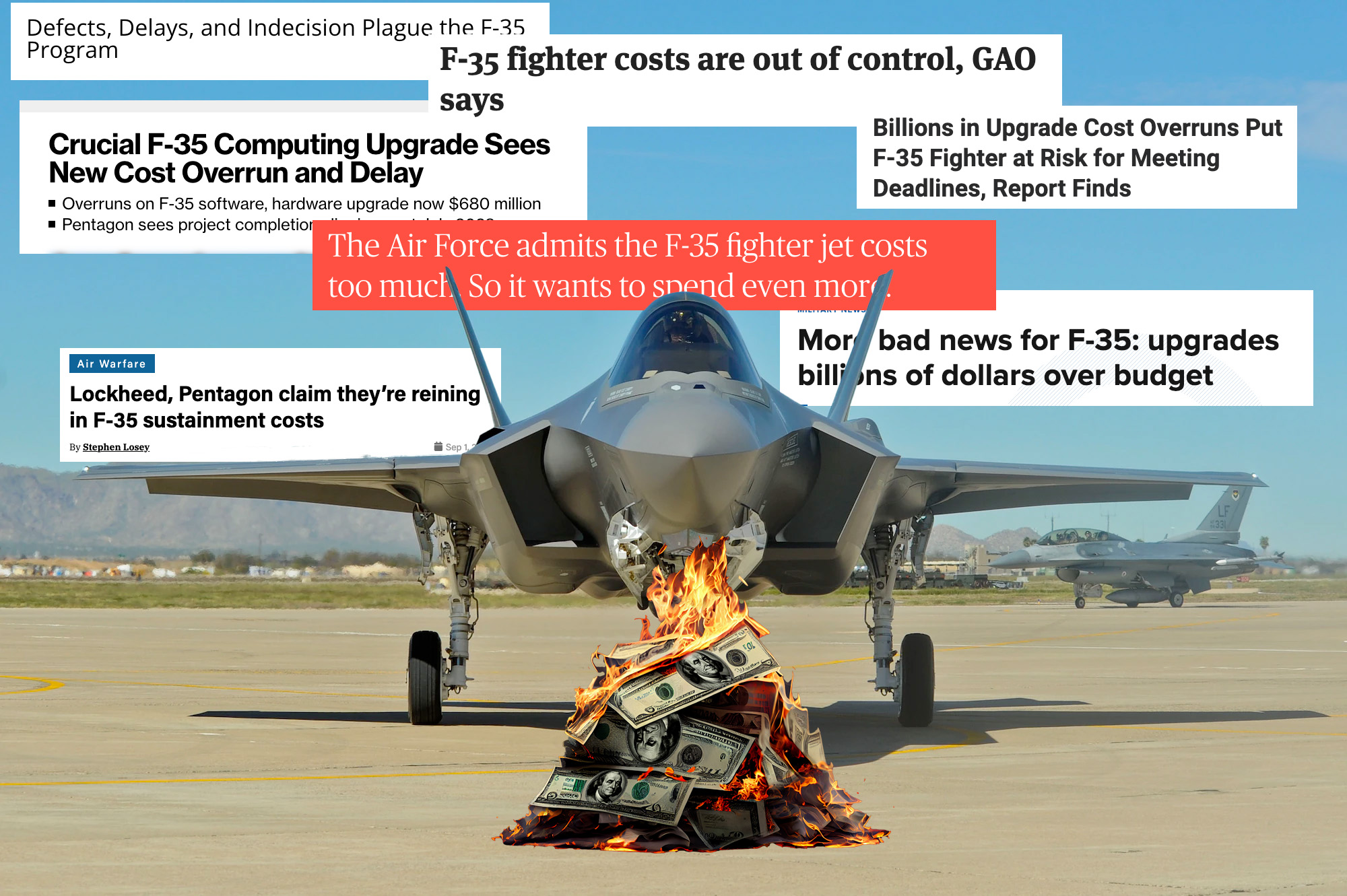
Despite the Raptor’s air combat prowess, it isn’t hard to find stories about F-22s losing to other fighters, like the Eurofighter Typhoon or even the A-10 Warthog in training exercises. These notional losses are, in truth, a good thing. The rules of engagement for these exercises are often intentionally stacked against the superior platform in order to ensure both teams get something of value out of the training. Simply saying go and having the Raptors wipe out an entire formation of Typhoons from 60 miles away without ever being detected doesn’t help the Raptor or Typhoon pilots get better… But forcing these jets to engage at closer range, where the Raptor’s stealth advantage is compromised, gives both aircraft, their pilots, and their ground crews valuable experience fighting in difficult circumstances.
You won’t find any stories about the J-20 losing to China’s J-10, or specifics about how it performed in large-scale exercises against Russian-sourced Su-35s. You won’t find stories about the J-20 getting taken out by anything, despite the overwhelming consensus that the aircraft is less capable than the Raptor.
This allows for only three possibilities:
- China’s testing and training apparatus doesn’t include air combat between dissimilar aircraft. We know this isn’t the case because dissimilar combat has been reported by official Chinese state media outlets, with the J-20, unsurprisingly, emerging victorious in every interaction regardless of circumstances or competition. This suggests that instead…
- China’s testing and training apparatus is incompetent. Failures in training aren’t only important for crew, but for military planners as well. They need to know the precise outside limits of a platform to fund improvements and adequately plan for complex combat operations. If the J-20 is never put into a failing position, it hinders pilot training, aircraft performance, and strategic planning.
- China simply doesn’t allow reports of J-20 failures to reach the media. This is the most likely option, as China has taken pains to model its modernized military after Western forces and unclassified intelligence reports suggest China has a robust testing enterprise for other systems like hypersonic weapons. As such, China’s J-20 has almost certainly suffered failures and shortcomings that go unreported.
So, to put a fine point on this discussion: there may have been over 200 J-20 fighters built, but that doesn’t mean there are 200 that can fight. Real numbers could potentially be as low as in the dozens, and we’d have no way of knowing for sure.
The United States has 34 more years of experience operating and maintaining in-service stealth aircraft and has a clear advantage in terms of material science and avionics integration. As such, there’s a viable argument to be made that American stealth fighters may actually have higher readiness rates than their Chinese counterparts… Or maybe they don’t. The problem is, there’s no real way to know.
Related: Just how good would an F-22/F-35 Hybrid Fighter really be?
The Block 4 F-35 will help the United States retain its stealth fighter edge
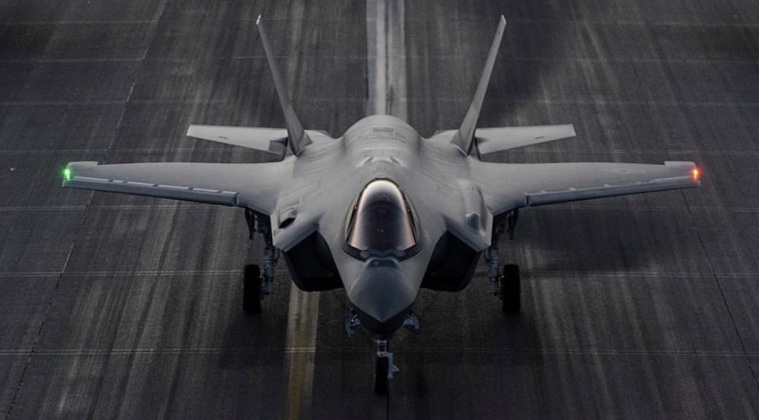
Of course, it’s important to remember that the F-22 may be the fighter tasked with securing air superiority in the American arsenal, but it’s not the only stealth fighter that American forces operate.
The F-35 Lightning II, while not designed for the air superiority role, remains a highly competent fighter that not only exists in large numbers already, but is also amid a massive $15 billion upgrade that will dramatically increase its combat capability. This upgrade, which is being incorporated into F-35 production lines as we speak, will come in two stages: Tech Refresh 3 (currently underway), and then Block 4.
Tech Refresh 3 (TR3) includes a significant upgrade to computing power and onboard digital storage, allowing the sensor-fusing F-35 the ability to incorporate dramatic improvements to its avionics systems along with a laundry list of other upgrades, some of which remain classified. Block 4 F-35s will be powered by updated engines, offering improved performance and power production, carry even more powerful AN/APG-85 AESA radars, next-generation infrared distributed aperture systems, massive increases in electronic warfare capability, and a bevy of new kinetic and digital weapon systems.
While these new F-35s will still lag behind the J-20 in terms of hot-rod metrics like top speed, the F-35 remains far stealthier, and will now have an even larger technological advantage in terms of detection ranges, situational awareness, and weapons at its disposal. But perhaps most important of all, Air Force Secretary Frank Kendall has stated that 300 of these Block 4 F-35s will each be given a pair of AI-enabled drone wingmen to fly in support, offering a massive increase in sensor range and combat capacity over previous fighters and bridging the notional gap between 5th and 6th generation fighters.
Readiness rates for the F-35 are also a significant concern, however. Due to issues with concurrent production (building F-35s before testing was complete) and readiness rates ranging from 54 to 65% in recent years, the United States may currently only have as few as 150 to 170 F-35s available for the fight at any given time.
It’s important to note, however, that the United States would likely not be alone in a conflict with China, and while European allies may not play as active a role in deterring Chinese aggression in the Pacific, Japan’s fleets of 105 F-35As and 42 F-35Bs, along with South Korea’s current fleet of 40 more F-35s can help pick up the slack within the region.
Related: The F-35 is getting a $15 billion upgrade that’ll make it a powerhouse
China’s J-35, America’s NGAD, F/A-XX and beyond
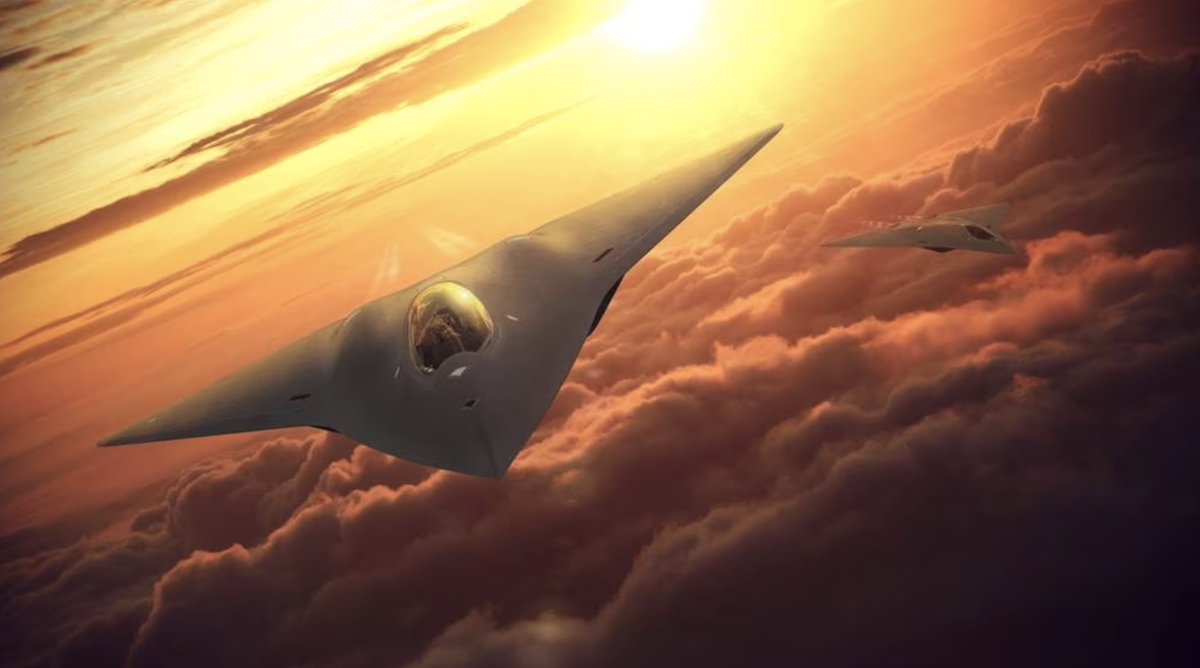
With J-20 development ongoing, China has recently signaled a renewed effort to take the FC-31 that Chinese aircraft manufacturer Shenyang originally designed for the export market, and convert it into a carrier-capable platform currently dubbed the J-35. Just as the J-20 was designed with stolen design data from the F-35 and F-22, this new J-35 also looks like it could have rolled our of Lockheed Martin’s bargain bin. Intellectual property theft means little in a firefight, however, and with China now cruising toward having two stealth fighters in active production versus America’s one, the J-35 doesn’t need to overmatch the F-35 in technology to pose a significant threat through sheer volume.
Put simply, it’s not a question of whether the F-35 is better than the J-35… it’s a question of whether one F-35 is better than two J-35s. When you start to consider the availability of airframes in the Pacific, this is the troubling combat calculus U.S. planners may soon be forced to contend with.
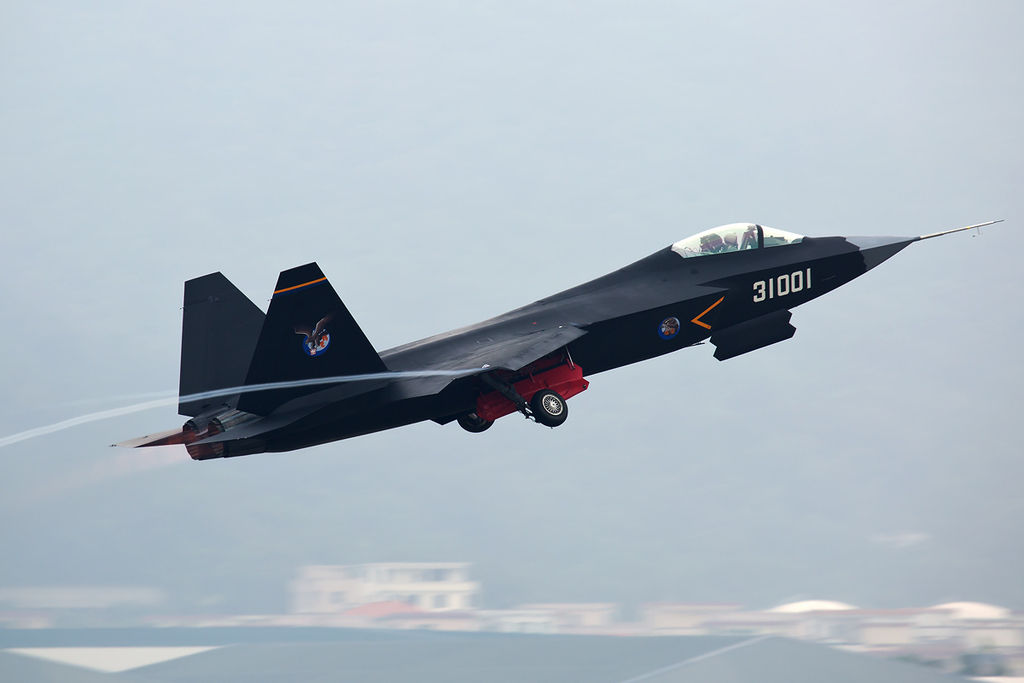
China’s air superiority advantage in terms of volume is directly tied to the F-22’s abbreviated production run, but the implications of that decision — amid an era of renewed great power competition — also prompted the Air Force to begin the development of a new air superiority fighter to replace it, currently known as the Next Generation Air Dominance fighter.
The truth is, if the original order of 750 F-22s had been honored and these fighters eventually incorporated infrared search and track (IRST) and helmet-cued targeting capabilities, the Air Force likely wouldn’t be considering a replacement for the Raptor for another decade or more. But with concerns about a shortage of airframes in mind, the Air Force has invested billions into the development of an even more advanced platform set to become the basis for yet another new generation of fighters, with plans for them to be flying by the end of this decade.
And it isn’t the only one. The U.S. Navy is now also actively pursuing the development of a replacement fighter for its fleets of F/A-18 Super Hornets, dubbed the F/A-XX. This new jet, being developed within the same Next Generation Air Dominance umbrella, is largely independent of the Air Force effort but is expected to share some modular onboard systems.
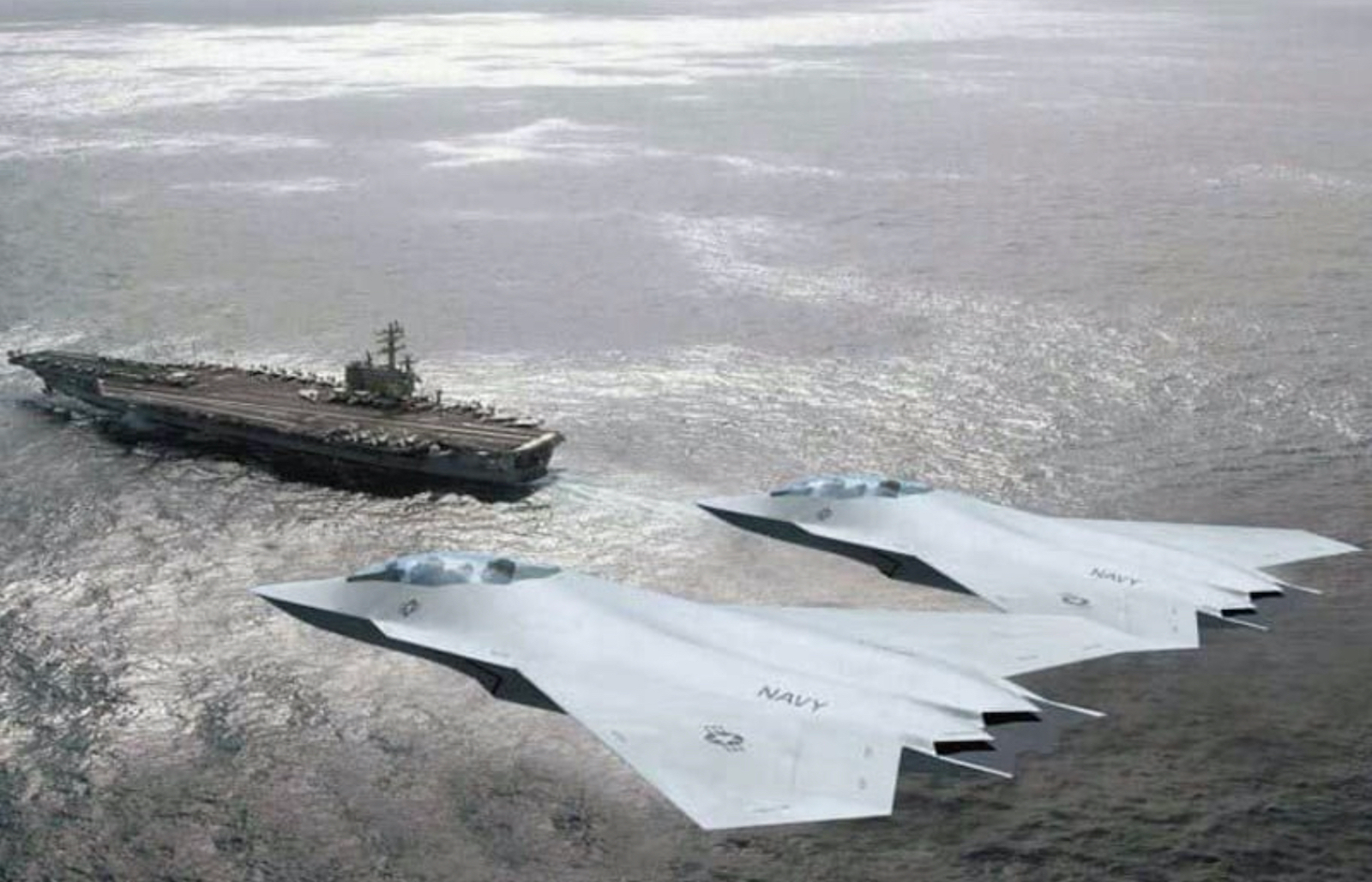
America’s 5th generation fighters already enjoy both the technological and experiential edge over China’s J-20 — an issue China may be able to overcome through production volume. But with newer, even more capable platforms in production in the 2030s, America’s stealth fighter technology, dispersed between Block 3 and 4 F-35s, NGAD fighters, F/A-XX fighters, and their accompanying drone wingmen, may soon offer the United States the opportunity to close the production volume gap as well.
At the end of the day, fighter designs are always about compromise, balancing performance with price and capability with capacity. The United States currently enjoys a performance advantage, while China may soon — or already does — have the in-theater advantage of capacity. The only way to offset the capacity advantage, of course, is with higher production volume, and the only way to do that… is with big heaps of money.
Deterring a fight with China in the decades to come will be a grossly expensive enterprise that will require a high degree of political (and public) buy-in, as new fighters emerge with massive sticker prices expected to exceed $300 million per airframe.
But while the costs associated with deterring a war with China may be substantial, the cost of failing to deter such a fight could be exponentially greater and paid not just in tax dollars, but in the blood of American warfighters.
Read more from Sandboxx News
Related Posts
Sandboxx News Merch
-

‘AirPower’ Classic Hoodie
$46.00 – $48.00 Select options This product has multiple variants. The options may be chosen on the product page -

‘Sandboxx News’ Trucker Cap
$27.00 Select options This product has multiple variants. The options may be chosen on the product page -

F-35 ‘Lightning’ Framed Poster
$45.00 – $111.00 Select options This product has multiple variants. The options may be chosen on the product page

Alex Hollings
Alex Hollings is a writer, dad, and Marine veteran.
Related to: Airpower, Breaking News, Military Affairs
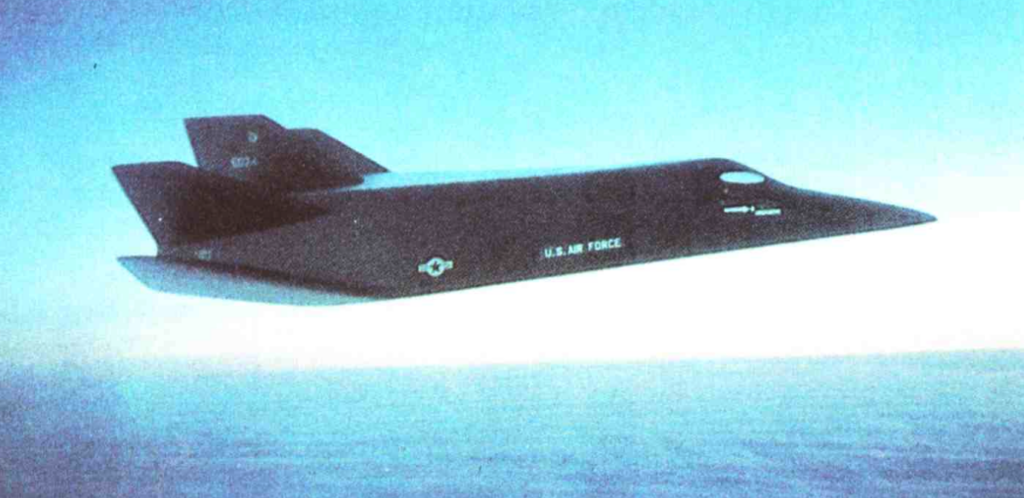
Game-changing military aircraft that were canceled before they could change the game
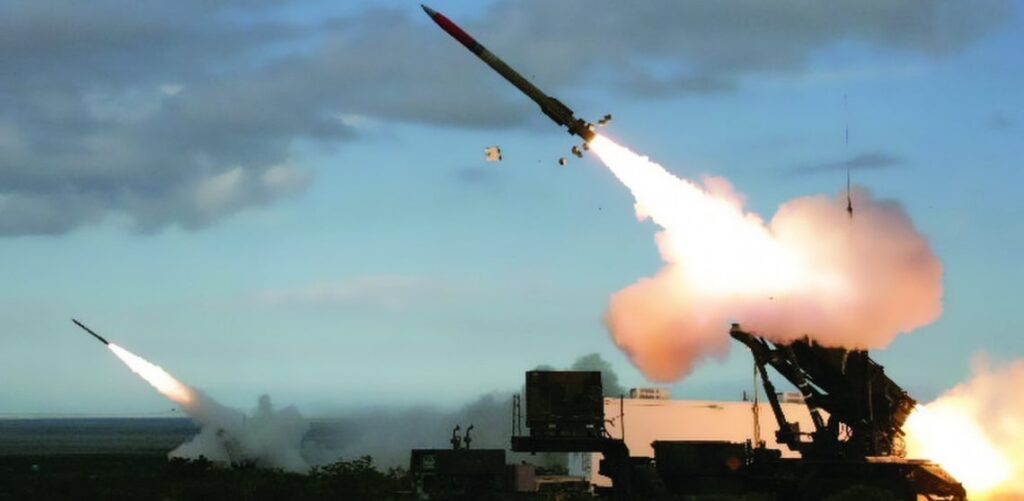
The ultimate guide to the Patriot air defense system
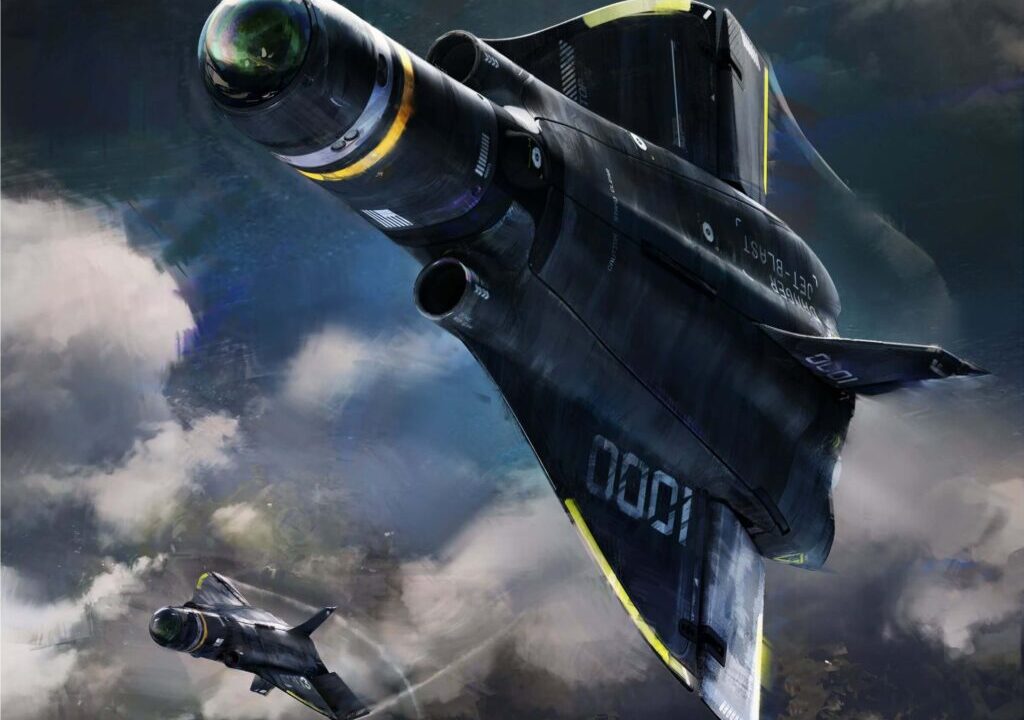
Anduril’s Roadrunner is a unique reusable missile interceptor
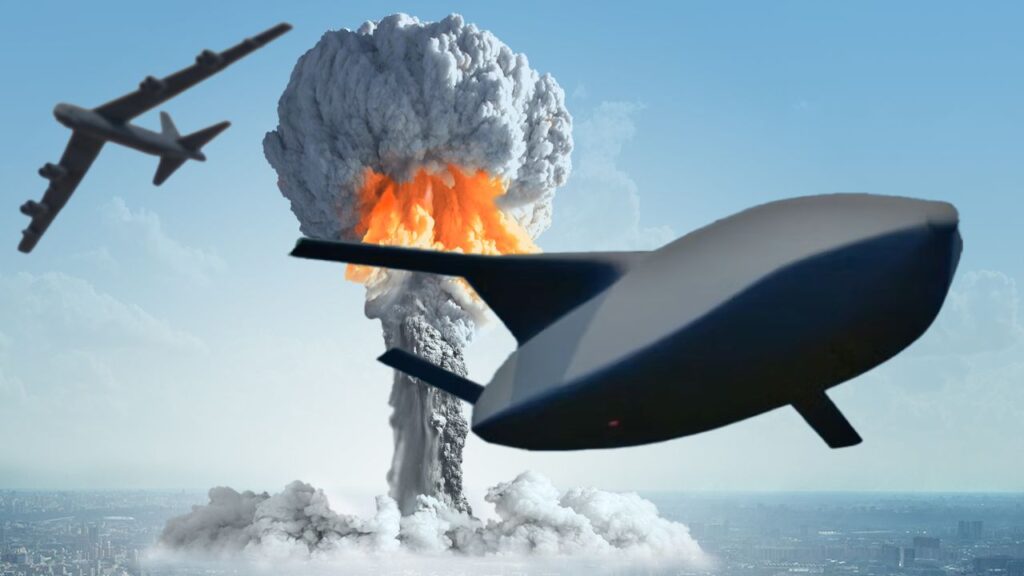
The AGM-181 LRSO missile will modernize America’s nuclear triad
Sandboxx News
-

‘Sandboxx News’ Trucker Cap
$27.00 Select options This product has multiple variants. The options may be chosen on the product page -

‘AirPower’ Classic Hoodie
$46.00 – $48.00 Select options This product has multiple variants. The options may be chosen on the product page -

‘AirPower’ Golf Rope Hat
$31.00 Select options This product has multiple variants. The options may be chosen on the product page -

‘Sandboxx News’ Dad Hat
$27.00 Select options This product has multiple variants. The options may be chosen on the product page
